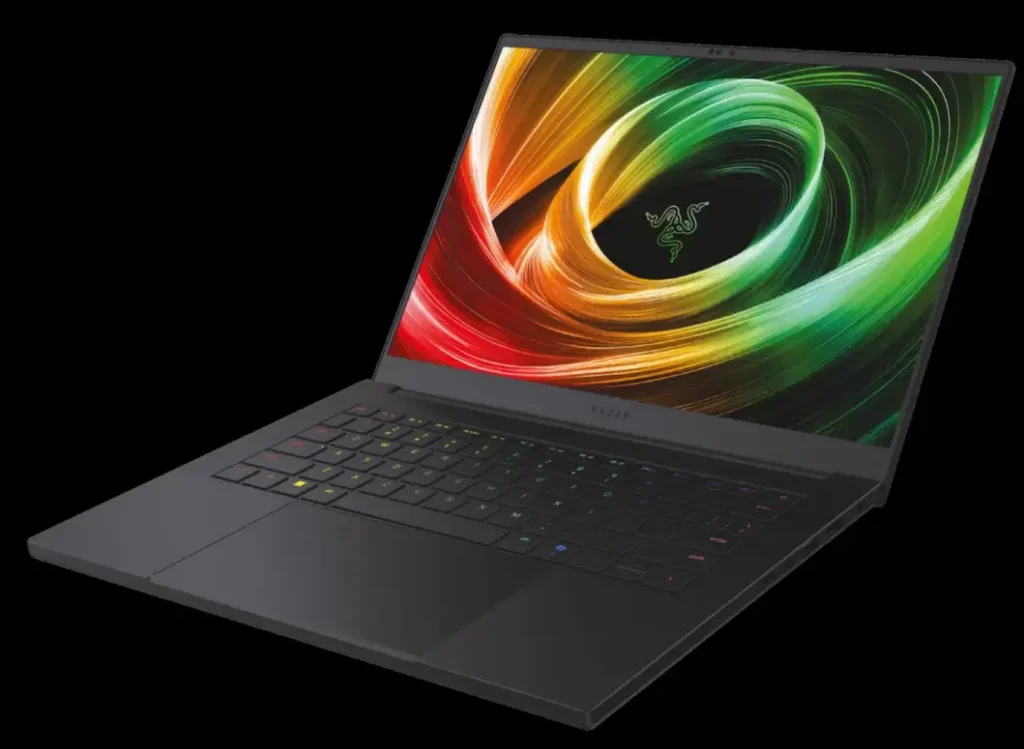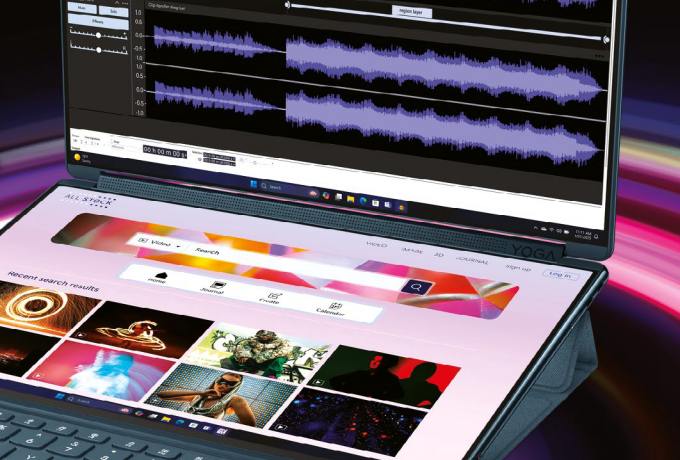The laptop landscape is undergoing a significant transformation, driven by the integration of artificial intelligence directly into hardware. This shift is centered on the Neural Processing Unit (NPU), a dedicated chip designed for AI tasks.
Table of Contents
- 1.1 🧠 What is an NPU and what does it do? – The Rise of AI Processors
- 1.2 💻 What are the requirements for a Copilot+ PC? – A New Standard for AI
- 1.3 ✨ What makes the Yoga Book 9i Gen 10 unique? – A Case Study in Innovative Design
- 1.4 🖥️ How does its dual-screen setup improve productivity? – An Expansive and Versatile Workspace
- 1.5 ⚡ Is its performance good for a dual-screen laptop? – Power and a Trade-off
- 1.6 🚀 What other AI laptops are on the market? – Exploring the New Frontier
The emergence of the “Copilot+ PC” standard, with its specific performance requirements, is redefining what a modern laptop can do. We will explore this new era, using a case study of the innovative but non-compliant Lenovo Yoga Book 9i Gen 10 to highlight the boundaries of this exciting revolution.
🧠 What is an NPU and what does it do? – The Rise of AI Processors
A Neural Processing Unit (NPU) is a specialized processor designed to accelerate machine learning and artificial intelligence tasks locally on a device. It handles things like image recognition, voice commands, and real-time translation more efficiently than a traditional CPU or GPU.
- Modern CPUs like the AMD Ryzen AI 9 365 and Intel Core Ultra series now include NPUs.
- The performance of these NPUs is measured in TOPS (Trillions of Operations Per Second).
- High-performance chips like the Ryzen AI Max 390 can deliver 50 TOPS, easily meeting the requirements for Copilot+ PCs.

💻 What are the requirements for a Copilot+ PC? – A New Standard for AI
Copilot+ PC is a new standard set by Microsoft that requires a device to have an NPU with a minimum performance of 40 TOPS for enhanced AI features. This ensures that the laptop can handle a wide range of AI-accelerated tasks smoothly and locally.
- Some modern laptops are equipped with NPUs that fall short of this standard.
- For example, the Intel Core Ultra 7 255H processor in the Lenovo Yoga Book 9i Gen 10 has a first-generation NPU rated at 13 TOPS. This is significantly below the 40 TOPS requirement.
- The HP OmniBook 5 NGAI, on the other hand, is marketed as a “Next Generation AI device” thanks to its AMD Ryzen AI 300 Series chip.

✨ What makes the Yoga Book 9i Gen 10 unique? – A Case Study in Innovative Design
While not a Copilot+ PC, the Lenovo Yoga Book 9i Gen 10 is an example of a device pushing the boundaries of laptop design. Its standout features include:
- Two stunning 14-inch OLED displays, with a detachable magnetic keyboard.
- The screens can be arranged in multiple configurations, such as one on top of the other, side-by-side, or in a tent mode.
- The device is a light and compact option for a dual-screen device, weighing only 1.2kg without its accessories.

🖥️ How does its dual-screen setup improve productivity? – An Expansive and Versatile Workspace
The dual-screen configuration offers significant productivity advantages:
- Each of the two 14-inch OLED panels has a high resolution of 2,880 x 1,800.
- Color coverage is excellent at 133% of the DCI-P3 gamut, with superb color accuracy.
- The screens are bright for OLED panels, peaking at around 470cd/m2.
- A virtual keyboard appears with an eight-finger tap on the lower screen, offering haptic feedback.
⚡ Is its performance good for a dual-screen laptop? – Power and a Trade-off
The laptop provides strong performance, despite its compact size:
- It is powered by an Intel Core Ultra 7 255H or Ultra 9 285H processor.
- The reviewed Core Ultra 7 model scored 15,614 in the Geekbench 6 multicore test.
- The integrated Intel Arc 140T graphics achieved a solid 4,139 in 3DMark Time Spy.
- Battery life is modest due to the dual-screen setup, lasting for 6 hours and 49 minutes of light use with the keyboard attached.
🚀 What other AI laptops are on the market? – Exploring the New Frontier
Several manufacturers are releasing new laptops with powerful NPUs:
- The Asus ROG Flow Z13 (2025) is a high-performance gaming tablet with AMD’s Ryzen AI Max 390 processor. Its NPU is rated at 50 TOPS, making it a Copilot+ PC.
- The Razer Blade 14 (2025) features an AMD Ryzen AI 9 365 processor, which is also designed for AI tasks.
- The HP OmniBook 5 NGAI 16-ag1001na uses an AMD Ryzen AI 300 Series chip and is marketed as a “Next Generation AI device”.
- PC Pro – Issue 372, September 2025
- NVIDIA to Invest $5 Billion in Rival Intel in Landmark AI Chip Collaboration
- Spotify Premium Lossless Audio: How to Enable Hi-Fi Streaming
- Apple Event September 2025: Everything Announced – iPhone 17, AirPods Pro 3, Apple Watch & More
- iPhone 17 Series Unveiled at Apple Event: 17, 17 Air, and 17 Pro Redefine Innovation
- A Guide to Factory Reset Google Pixel/Android with Family Link Account | Safely Remove Child’s Account
- How to Recover Permanently Deleted Files on Mac
- How to Remove Microsoft Store Ads Showing Up on Windows
